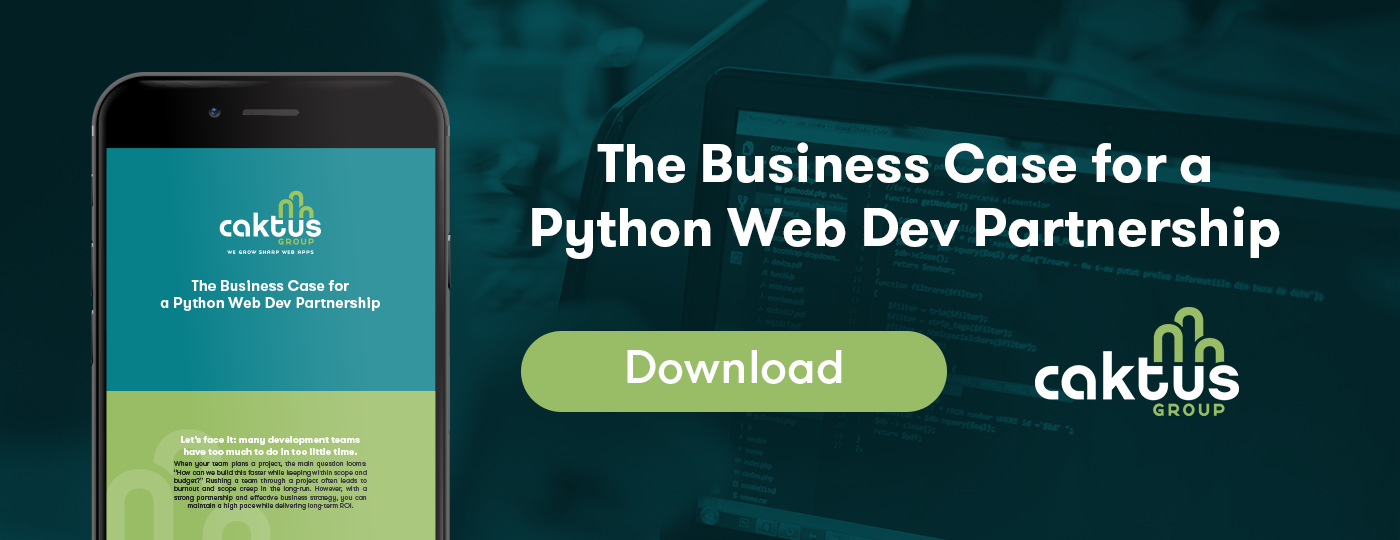Your team has spent a lot of time and energy developing the just-right custom application to make your workflow organized and efficient. With that mainstay in place, it feels like you’ll never again have to worry about the problems that drove you to create it.Or maybe you’re a custom software developer or a mobile app development company that creates technical products to help others be more organized and efficient. Each time you deliver a new solution, you mentally check that client’s needs off the list. Done and done.
Best laid plans, as they always say.
It’s good to keep in mind that introducing a complex piece of digital machinery creates new potential problems even as it solves existing ones.
Like any technical tool, a custom application has the tendency to need small fixes and security patches over time. Keeping on top of this ongoing need for maintenance and improvement can be the difference between a sustainable, functional application that serves your company or your client for years to come and a costly, work-intensive debacle that lets everyone down when the problems build up and explode.
Dedicating staff time to regular troubleshooting and minor repairs as need arises is a best practice of web app development. There are quite a few good reasons for this:
- Many small fixes are better than a few huge overhauls; the time and cost of preventative maintenance may add up, but it’s still cheaper than having to completely reconstruct a badly malfunctioning app.
- Security flaws can expose sensitive information and potentially lead to massive headaches and even legal ramifications.
- Apps with minor flaws may not run optimally, providing a less-than-ideal customer experience for users in your company or your client’s company.
- Likewise, issues that impact the stability of the app may make it vulnerable to crashes, freezing, or other problems that will negatively affect user experience.
- Apps that aren’t updated to the latest standards run the chance of missing out on partnership possibilities or other revenue-generating activities.
The only danger in doing regular updates and repairs to an app is that if you do it too often, users may feel inundated with new versions and annoyed by having to update frequently. It’s best to make updates on a regular or logical schedule, like once a month, or in conjunction with user feedback or updates of related software.
Once you’ve decided on your update schedule, you may find this ongoing work difficult to keep up with. Caktus can be a helpful partner in helping you prioritize this day-to-day maintenance if you're too busy to stay on top of your development projects. Our ongoing support services include regular backups, programming help, application recovery, and security updates, as well as tech stack upgrades, managed hosting and backups, and consulting support.



